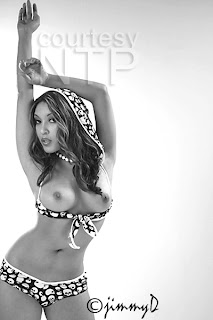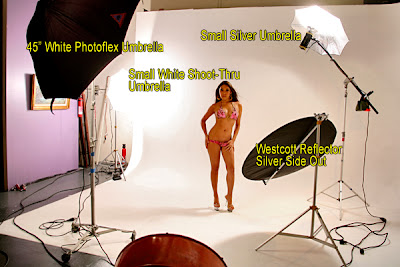 I know this sounds like the most basic of basic advice but more than a few digital shooters (myself included) seem to too-often rely on cropping in post rather than framing in the camera to achieve distinctive composition. (An ailment probably brought on by the fact that most digital shooters perform their own post whereas, historically, way fewer film shooters did so-- Instead, they relied on labs to edit their photos.)
I know this sounds like the most basic of basic advice but more than a few digital shooters (myself included) seem to too-often rely on cropping in post rather than framing in the camera to achieve distinctive composition. (An ailment probably brought on by the fact that most digital shooters perform their own post whereas, historically, way fewer film shooters did so-- Instead, they relied on labs to edit their photos.) One problem with d-photographers over-relying on post-production cropping is we sometimes find ourselves without enough image to perform certain crops we'd like to make.
Let's use the venerable Rule of Thirds as an example: You snap a shot and, in the camera, you've composed your model fairly centered in the frame, i.e., with an approximately equal distance, on either side of the subject, to the vertical edge of the frame. Okay. That's cool and often works out just fine. With some minor cropping adjustments, you move the model from the center of the frame, giving the image a more pleasingly aesthetic composition.
But what happens when, once you're in post, you decide to crop the image a bit more interestingly, perhaps giving it a more unusual sense of composition? It happens, right? I know I do this often enough. So, let's say you decide to crop the image a little more radically, giving it a more pronounced Rule of Thirds treatment, but you find, when attempting to do this, that you've simply run out of image one side of the pic or the other. This can also be a problem when you need to level the image but, when you try leveling it, you find you've run out of image on one side of the frame or at the top or bottom. Bummer! (Less of a bummer, of course, if you shot the subject against a seamless or a blank wall, but way more of a bummer if you've captured the model in a complex environment-- one that would be difficult to make larger in order to perform the crop you'd like to make.)
I suppose this is another example of the fix it in post syndrome. In some ways, fixing or changing things in post has become so much easier and quicker and more economical that we've become sloppier and less attentive to details when we're shooting. But in so doing, we sometimes find ourselves producing less creatively-interesting imagery, mostly because some things (that we could accomplish in production) we pass on to post but, unfortunately, we neglected to give the image enough latitude to make some of those things work.
I hope this makes sense and I'm not simply rambling. I guess what I'm saying is it makes way more sense, overall and to me that is, to work harder at capturing images in the camera that are as close to what we hope to achieve (in terms of the final results) rather than over-relying on cropping and editing and post-processing to improve or change an image. BTW, you might also think about framing the shot a bit "looser" which allows for more flexibility when cropping in post.
The pretty girl at the top is Nautica. I shot this pic of Nautica at a studio this past Sunday. Since I was shooting on a white cyclorama, I could easily have foregone some attention to detail (in terms of framing and composition) as it would be so easy to add more background in post. But I didn't since, lately, I've been trying harder to remind myself to frame the model in the camera as close to the way I think a given pose will work in the final result.
Below, for you "I like seeing the lighting" guys, is the basic setup I used for this set. (Although Nautica's wearing a different outfit in this BTS image.) I wish I had some black foamcore with me. Reflecting black often works nicely, especially when shooting on a white cyc. MUA was Dehlia.


5 comments:
I think also as important as your creative post-production options is what you can deliver to a client. I've worked with a photog in the past and received crops where they have taken a 10mp image and, through cropping, reduced it to essentially a 4mp image. Too much post-production cropping can not only limit your creative options, but limit your outlet for distribution.
In this instance, the client wanted "that shot" at 16x20 and I had to explain that what the other photog showed them was a crop and the best they could hope for is an 8x10... maybe.
Jimmy, I believe that shooters are spoiled now by auto focus. We tend to plant the auto focus square on the model and just pull the trigger.
If you want to really test yourself and unleash some creativity, turn the AF off and you'll be composing in a whole new way.
Bob from Fresno
Mwah, crops can be fixed as well in post processing. S-Spline, we love you :)
Or isn't that today's lesson >:)
I stopped using black foamcore a while back when a piece flew out of my truck. Now I bring a collapsible Photoflex LitePanel with black fabric. It works for well for indoor use, but it's bit weak for outdoors, especially at the beach.
Yes, I think the idea is definitely come as close as possible. Sometimes you can't deliver the best 8x10 when you compose for the 8x12-friendly frame. In some cases, you let part of the frame go to waste to compose that imaginary 8x10.
Post a Comment